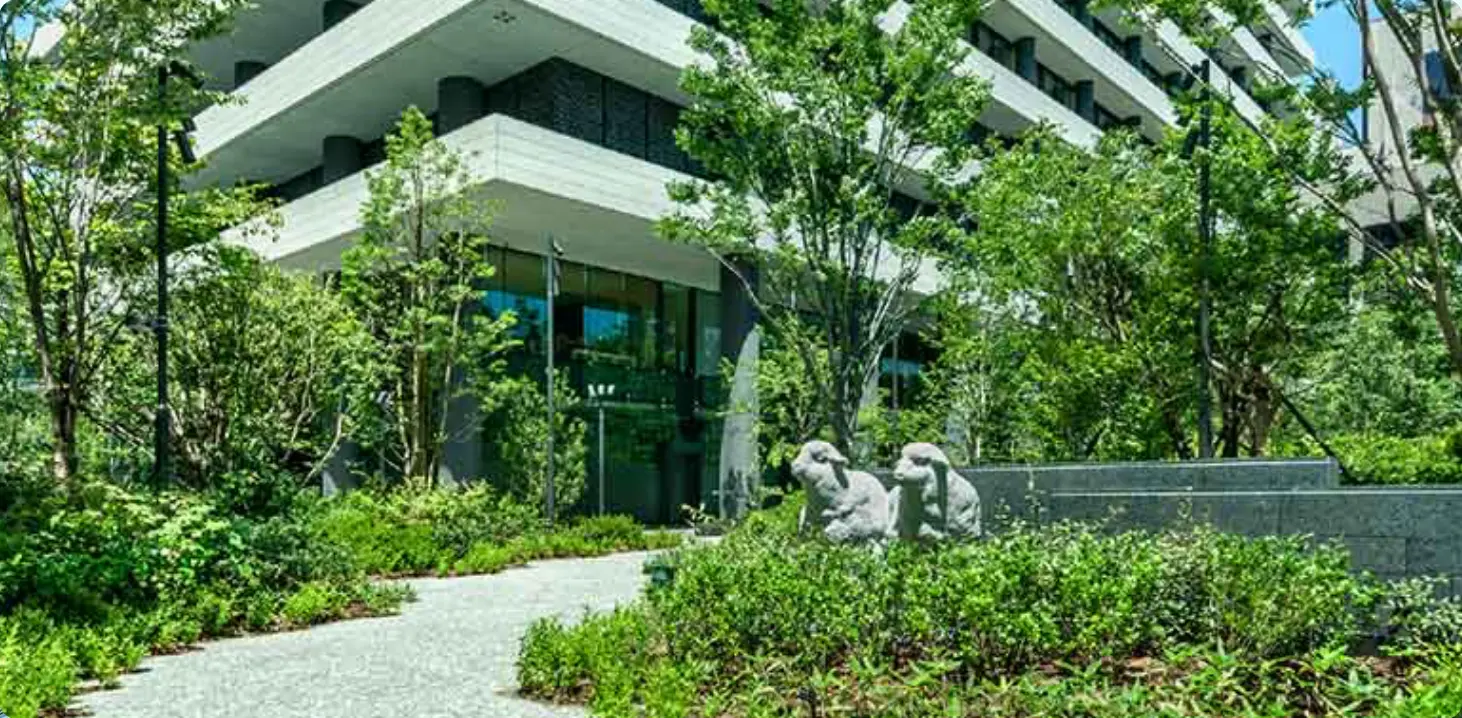Sustainability

Sustainability is one of the Daibiru Group's most important missions. The "Group Code of Conduct"was formulated with this in mind. The Daibiru Group will focus on the corporate principles and comply with the "Group Code of Conduct" in its corporate activities while at the same time making the utmost efforts to achieve sustainable growth in harmony with society.
Furthermore, conforms to "Environmental Policy of the Group" the Daibiru Group works with all its stakeholders, including customers, local communities, and business partners, to ensure that its activities compliment and harmonize with the natural environment.
The Daibiru Group's
Materiality
Ⅰ.Providing value to society (or reducing damage to social capital)
Ⅱ.Strengthening the foundation for providing value











